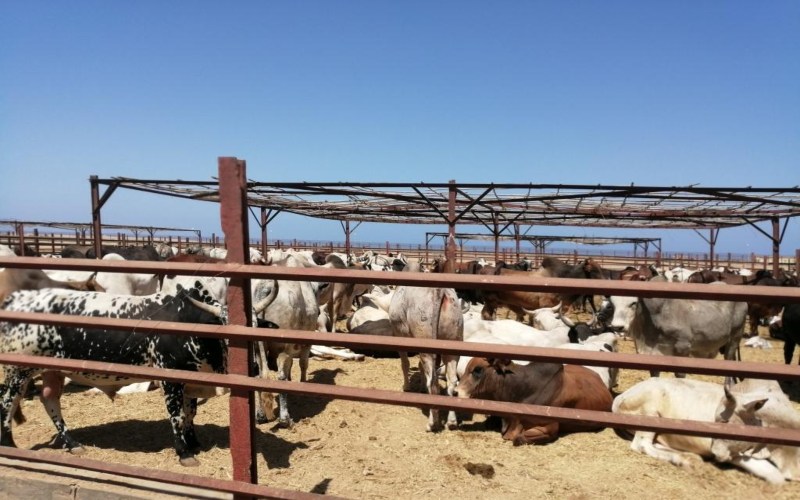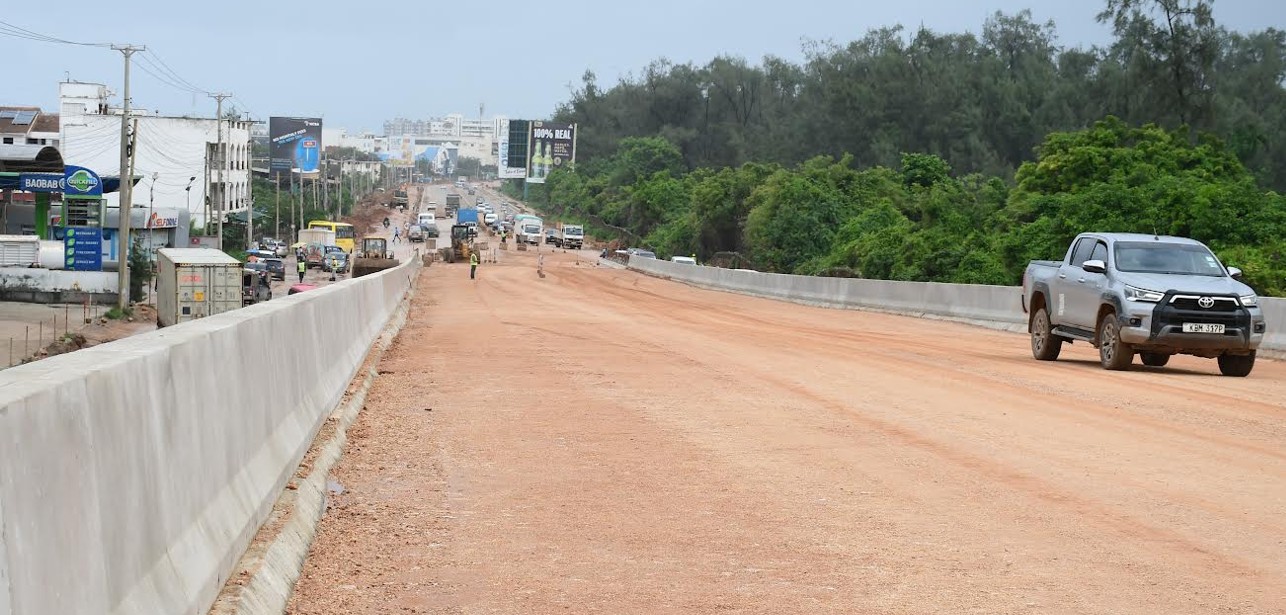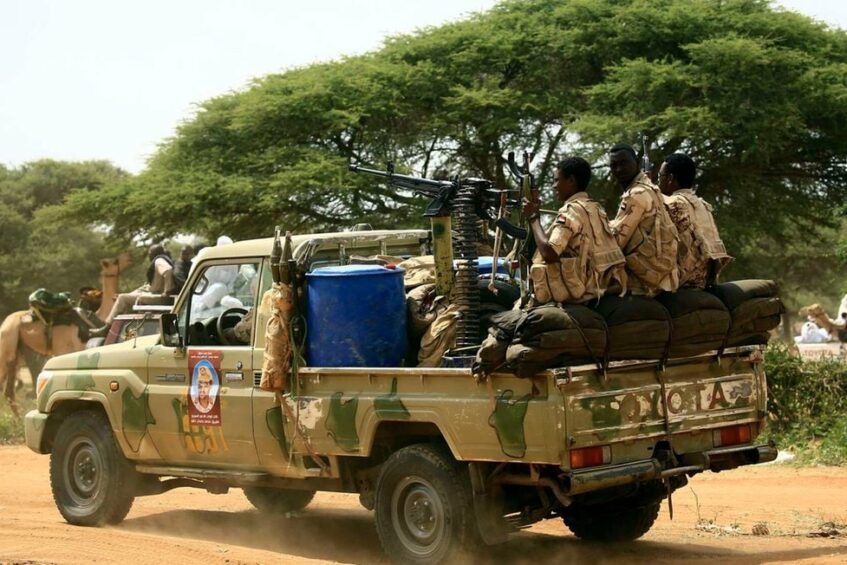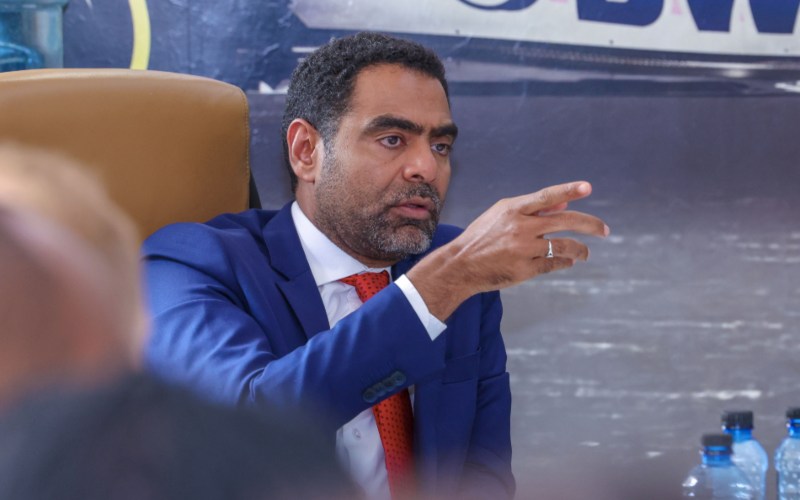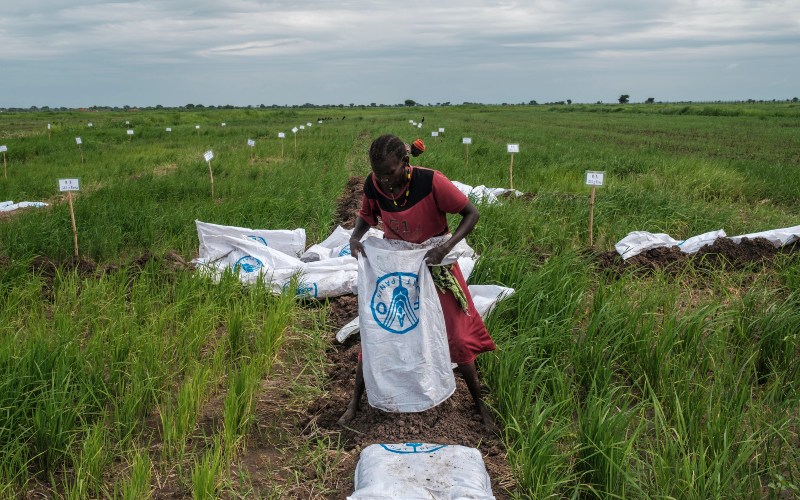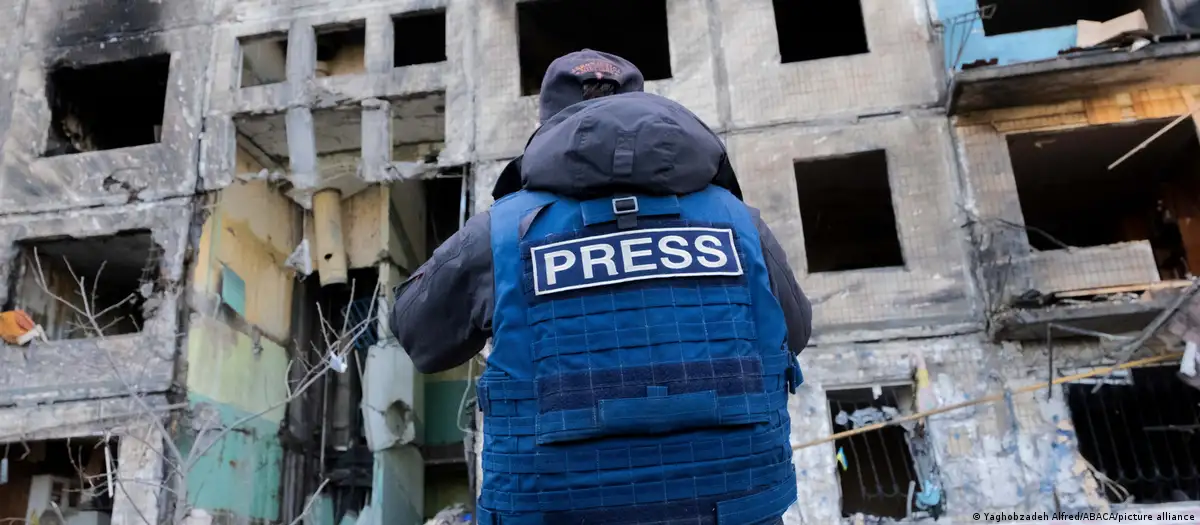Somali migrants' harrowing journey at sea ends in tragedy
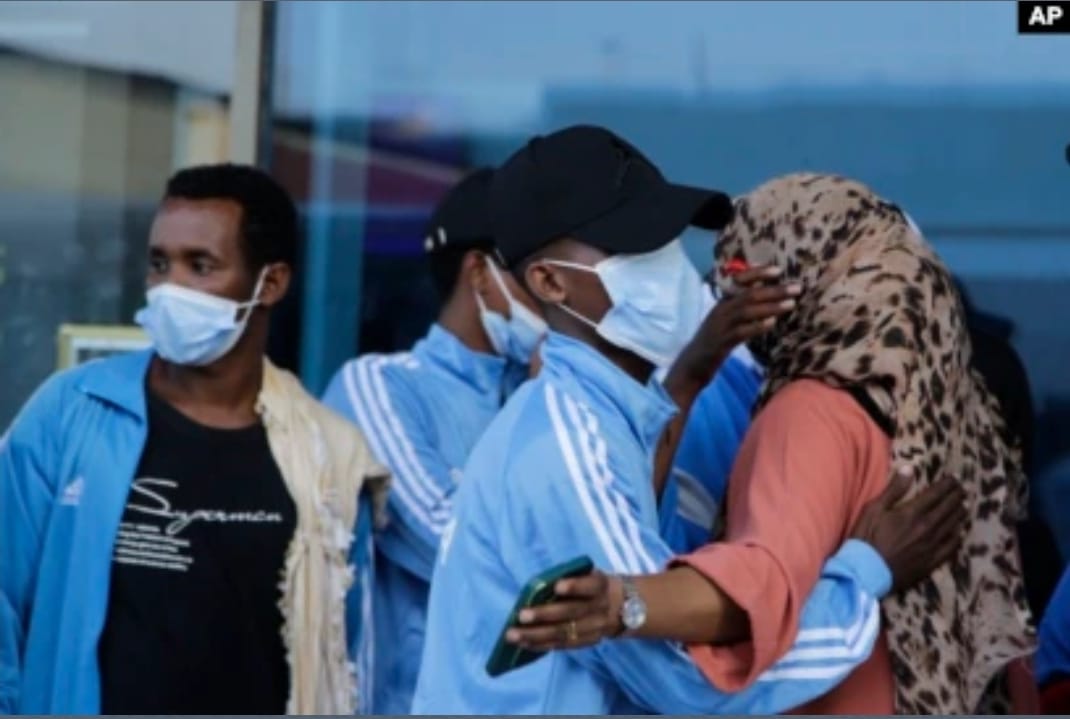
One boat carried 37 passengers, mostly women and two children—a two-year-old boy and an eight-year-old girl.
On November 11, after four days at sea, two boats carrying 75 Somali migrants saw distant lights and the silhouette of a hill on the horizon.
For a brief moment, hope filled the passengers as they believed they were close to their destination: Mayotte, a French island in the Indian Ocean. The call to Maghreb prayer echoed across the waters, confirming the proximity to land.
More To Read
- 40 migrants dead, 30 rescued after boat capsizes off Tunisian coast
- Senator Mungatana slams county over delayed response to Kipini sea tragedy
- Mombasa County distances itself from East African Ocean Festival after boat tragedy claimed three lives
- Two more bodies recovered from Mombasa's Tudor Creek after Friday's boat tragedy
- At least 193 dead in two separate boat accidents in Congo River
- Sudanese sisters die in Mediterranean crossing
The lead skipper verified their location but raised concerns about potential gang activity near the shore. He warned the migrants of the danger of landing at night and decided to keep the boats offshore until morning. A Swahili-speaking migrant, acting as an interpreter, explained the skippers' decision.
The migrants were unaware that the skippers were human traffickers who had been with them since November 7, when the journey began from a mothership near Kenya's southern coast, close to Mombasa. The traffickers had been hired to transport them to Mayotte, often seen as a gateway for asylum seekers aiming for Europe.
However, tensions emerged when the skippers demanded additional payment. One smuggler claimed he had been hired to transport 40 people but was now ferrying 75. "The money I was given is not enough," he complained.
Frustrated, the smuggler briefly turned on the engine before shutting it off, signalling his displeasure. Both boats mimicked this action, alternately moving closer to the shore and drifting back out to sea. Eventually, the engines failed, leaving the migrants stranded.
One boat carried 37 passengers, mostly women and two children—a two-year-old boy and an eight-year-old girl. The other carried 38 men.
November 12: False promises
As dawn broke, the migrants spotted two men in a small vessel approaching the stranded boats. One of the traffickers left with the men, promising to repair the engine. He never returned. The second trafficker remained with the passengers, who were now exposed to the scorching sun. Desperate for relief, they resorted to splashing seawater on themselves to stay cool.
November 13: A false start
On the second day, local fishermen arrived, offering a glimmer of hope. They helped repair one of the engines, and it was decided that the functioning boat would tow the other. Instead of heading toward Mayotte, the skipper inexplicably steered toward the Comoros Islands. After hours of travel, the repaired engine broke down again, plunging the migrants back into despair.
The second smuggler abandoned the group, taking the navigation system with him. His departure left the migrants adrift and completely helpless.
"When the smugglers were with us, we felt a sense of calm because we knew whatever happened to them would happen to us," said 21-year-old Anas Ibrahim Abdi while speaking to Voice of America. "When they left, we felt abandoned and hopeless."
November 14: Survival at sea
By the third day adrift, the migrants' food supplies, which included dates, fried chicken, and bread, had been depleted. The passengers tied the boats together to stay close, but rough waves forced them to separate. Those who could swim moved to the women's boat to assist in case of an accident.
A diabetic man became the first casualty. Survivors recited prayers for him and lowered his body into the sea.
November 15-22: Deaths and desperation
The following days brought more deaths and despair. Hunger and dehydration claimed lives one by one. Fatima, a woman in her twenties, succumbed after days of hunger. Her brother was with her but could do nothing to save her.
The situation for children was dire. Despite attempts to sustain the 2-year-old boy with milk mixed with seawater and later his mother's urine, the child died. His mother passed away two days after, overwhelmed by grief and exhaustion.
Survivors began experiencing hallucinations. Some imagined land and safety, while others tore off their clothes in delusion. "My friend Fathi thought we had reached Lido Beach," recalled Luul Osman Mohamed, a 31-year-old mother of five. "She stepped off the boat, thinking she was on land."
Desperation drove the passengers to innovate. They used sarongs to catch fish and consumed salty grass brought by the waves. A bird that hovered near a corpse was caught and eaten, providing brief sustenance.
November 23: A fragile rescue
After 16 days adrift, the survivors finally reached the shores of Madagascar. At dawn, they saw a mountain and a coastline. With the little energy they had left, they guided the boats closer to shore. Local fishermen spotted the migrants and cautiously approached.
The fishermen were shocked by the sight of emaciated survivors and bodies. They offered water, rice, and fruit and helped the migrants change into dry clothes. Authorities were alerted, and the survivors were given medical attention.
"They helped us regain strength," said Luul. "They were kind and respectful, despite how we looked."
Of the 75 passengers, only 47 survived the ordeal. The Somali Ministry of Foreign Affairs arranged for their return to Mogadishu. For many, the journey marked the end of a nightmare, but the physical and emotional scars remain.
"Everyone has their time to die," Luul reflected on her survival. "This wasn't mine, though it felt very close.
Top Stories Today


